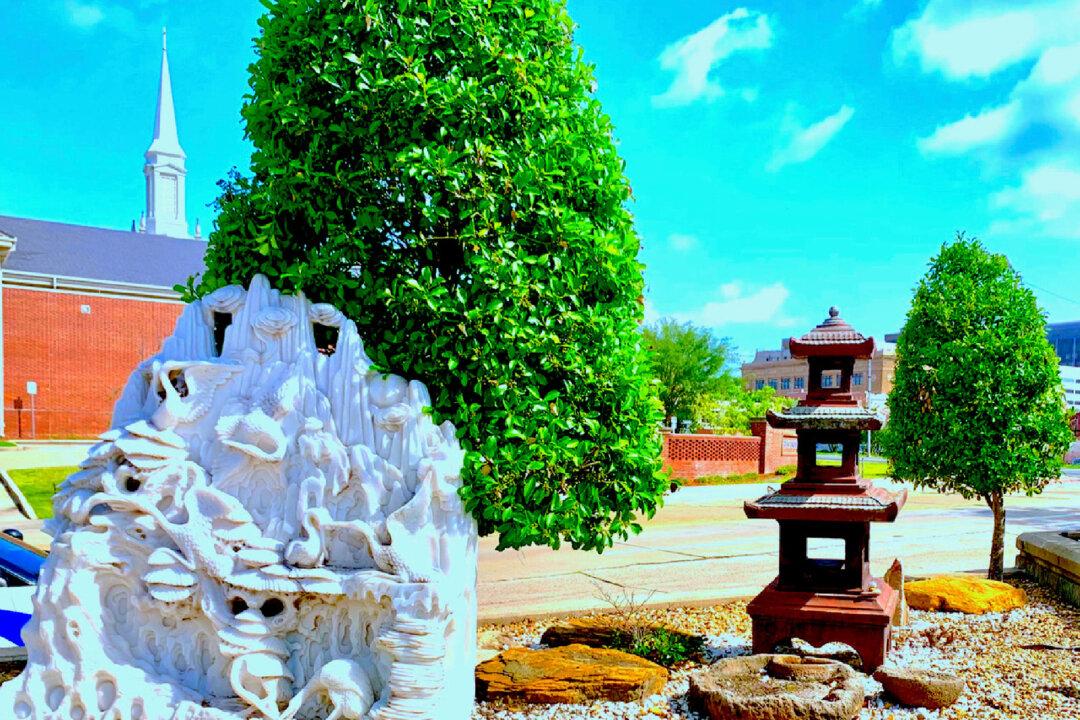Ordinarily, we would have driven through the desert landscape as fast as possible to leave the dryness, extreme heat, sand, cacti, and rattlesnakes behind us. But our son, Tom, who loves the desert, wanted to introduce us to Joshua Tree National Park, one of his favorite places to hike. We had seen pictures, but we never anticipated the wonders he helped us discover and appreciate during the three days we spent with him in this area of California’s Mojave Desert.
The park encompasses 1,235 square miles, of which 671.4 square miles are controlled by the Wilderness Act. A two-lane highway runs through the park from which many dirt roads branch. The unusual dark-green Joshua trees are scattered throughout, and some places have literal groves of them, although they are sparse in other places in the Southwest. Some grow from seeds and others from rhizomes as a colony, with roots spreading underground. These fragile evergreen succulents are delicate, despite their appearance. The slightest injury or environmental stress can wreak irreparable damage and cause the tree to die.





